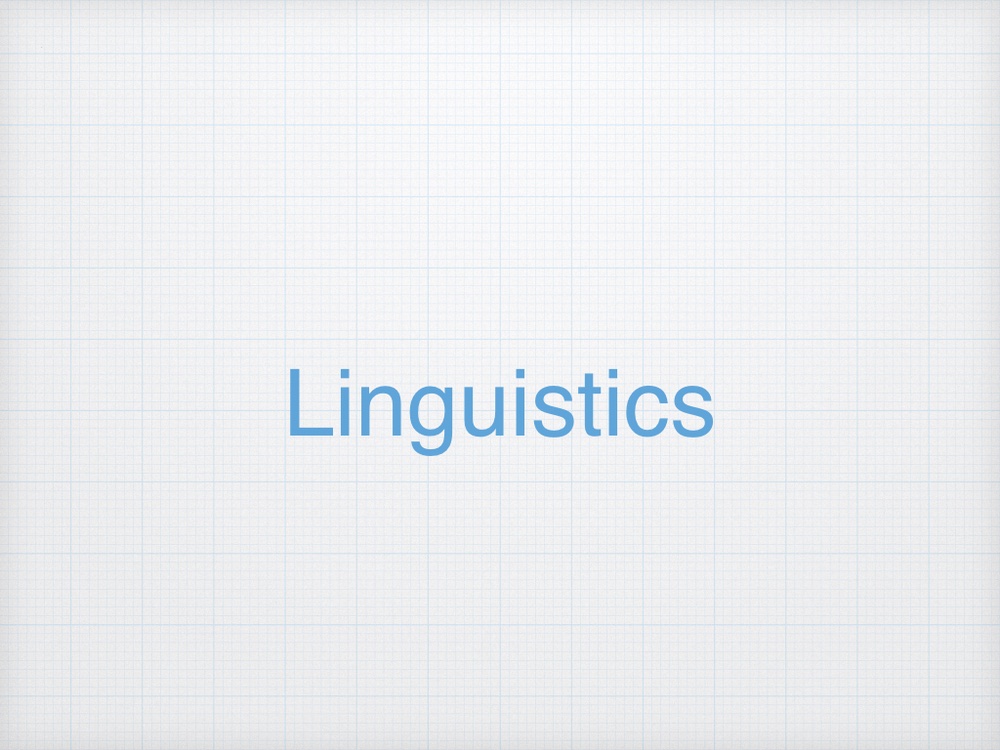強い極小主義命題の内実
以前の投稿で強い極小主義命題についてまとめた.
今回はその内容を改めて深掘りしてみたい.強い極小主義命題とは端的に言えば,言語は最適な設計に基づいて構成されるという主張である.
これをChomsky (2001)を引用して確認しよう.
We may think of these specifications as “legibility conditions”: for each language L (a state of FL), the expressions generated by L must be “legible” to systems that access these objects at the interface between FL and external systems external to FL, internal to the person.
The strongest minimalist thesis SMT would hold that language is an optimal solution to such conditions.
( Chomsky 2001)
これらの設計仕様は「可読性条件(legibility conditions)」と考えることができる。すなわち、各言語 L(FLの一状態)が生成する表現は、FLとFL外部の外部システム(ただし、個体の内部に属する)とのインターフェースでこれらの表現にアクセスするシステムにとって「可読」でなければならない、という条件である。
最も強いミニマリスト仮説(SMT)は、言語がこのような条件に対する最適解であると主張するものである。
(ChatGPT訳)
Minimalist Programはその根底に「言語が進化や認知の観点からどれだけ効率的・最小限の設計で成り立っているか?」という問題関心がある.上記の文章はその研究方針を端的に示していると言えるだろう.
参考文献
- Chomsky, N. (2001). Derivation by phase. In M. Kenstowicz (Ed.), Ken Hale: A life in language (pp. 1–52). The MIT Press. https://doi.org/10.7551/mitpress/4056.003.0004

